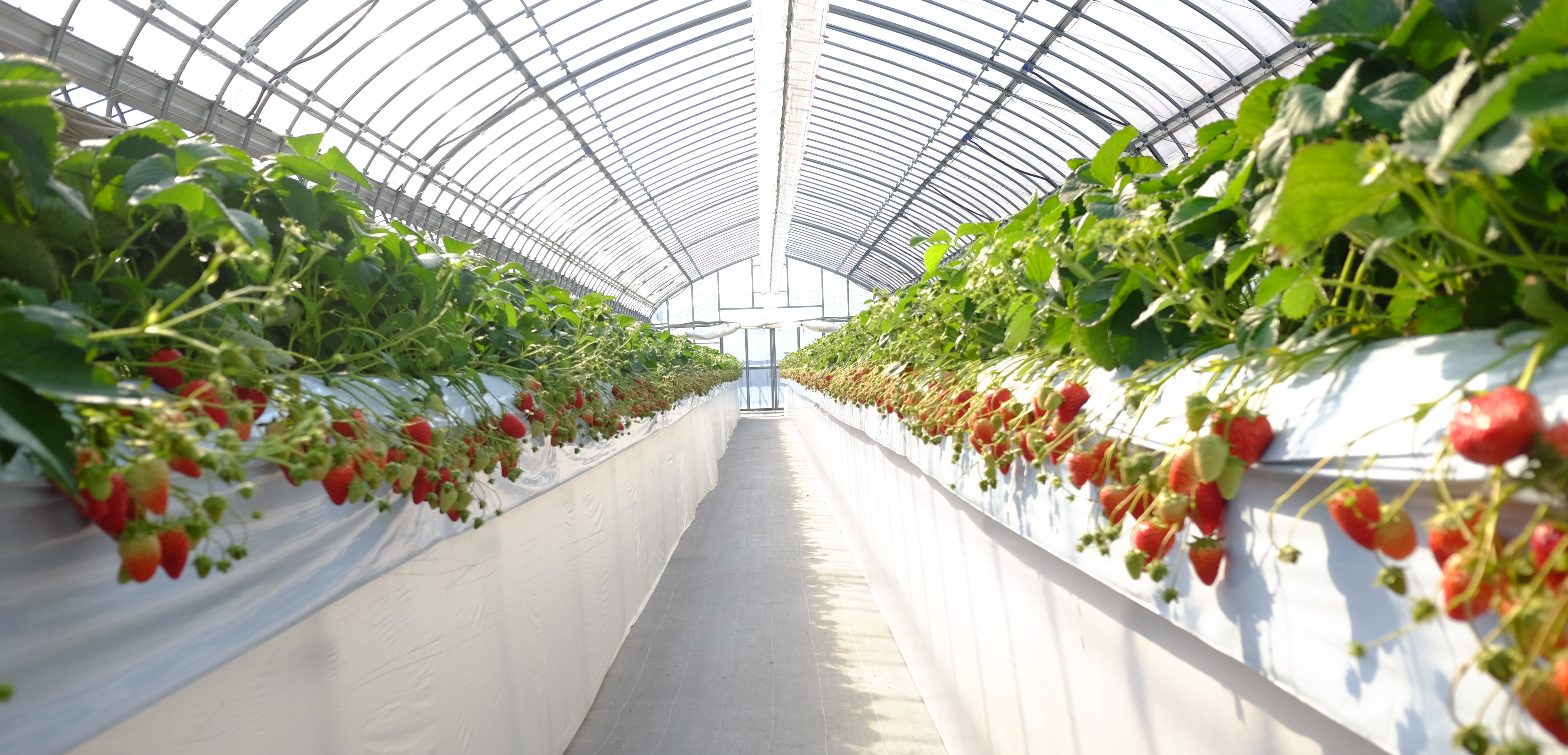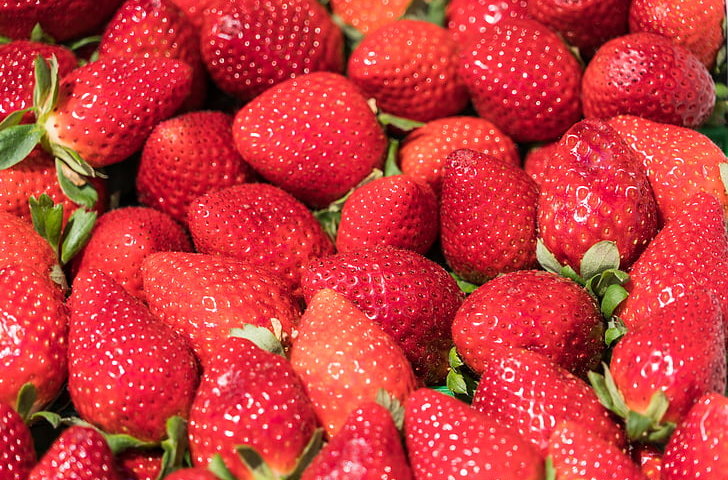“The combination of deep learning for image recognition, machine learning for quality and shelf-life predictions, and algorithms for optimisation in uncertain conditions offers an increasingly complete picture”
Worldwide, the waste of food for human consumption amounts to a third of all food cultivated. This waste is high on the social agenda because it has a huge impact on land use, the climate, and natural and financial resources.
Soft fruits in particular often go to waste due to their fragility and short shelf life, which results in high costs even before the product reaches the consumer. Take strawberries, for example. At the moment they enter the distribution chain, their quality is determined by a group of people who have to decide very quickly whether it is the right time to harvest or not. Once strawberries have been picked, it’s a race against the clock to keep them as fresh as possible. As such, the quality of the strawberries when they reach the consumer depends to a large extent on when they are harvested. Two of the biggest challenges in this process are deciding which fruit is ready for harvest and which product is best suited to which type of distribution chain, which in turn depends on the expected shelf life of the fruit, among other things.
The aim of this project is to develop a prediction model. Algorithms will be used to calculate the right time to harvest the fruit and to determine which distribution channel best suits the predicted shelf life. Which strawberry is suitable for which chain, and vice versa? The project combines TU Delft’s scientific knowledge and Delphy’s practical knowledge of cultivation and application. Through machine learning, computer vision and algorithms, it will be possible to make better decisions about harvesting and distribution.

Growers and marketing organisations are also involved in the project, underlining the importance of this research. Growers incur high costs if the fruit fails to meet the customers’ standards (AGF branch, retailers and consumers). By using objective measurements during cultivation, harvesting and throughout the chain, growers and suppliers can better serve consumers and minimise waste. The data provide a feedback loop in the chain with fewer actions, more certainty and a higher product turnover. It also stimulates the use of new technology both in cultivation and in the chain, which in turn creates new business opportunities.
There are currently major breakthroughs taking place in the application of Artificial Intelligence (AI). As part of this project, data are collected about processes, products and consumers. Thanks to the combination of deep learning for image recognition, machine learning for quality and shelf-life predictions, and algorithms for optimisation in uncertain conditions, those involved in the process have an increasingly complete picture. As a result, it is possible to make predictions and estimate the effects of decisions with ever-increasing accuracy. For soft-fruit growers, it is extremely important that risks such as excessively short shelf lives, surpluses, shortages and poor quality are properly addressed. It is precisely these risks that create waste and result in negative perceptions among customers. Recent developments in the application of data and AI are therefore very promising for minimising these risks.

